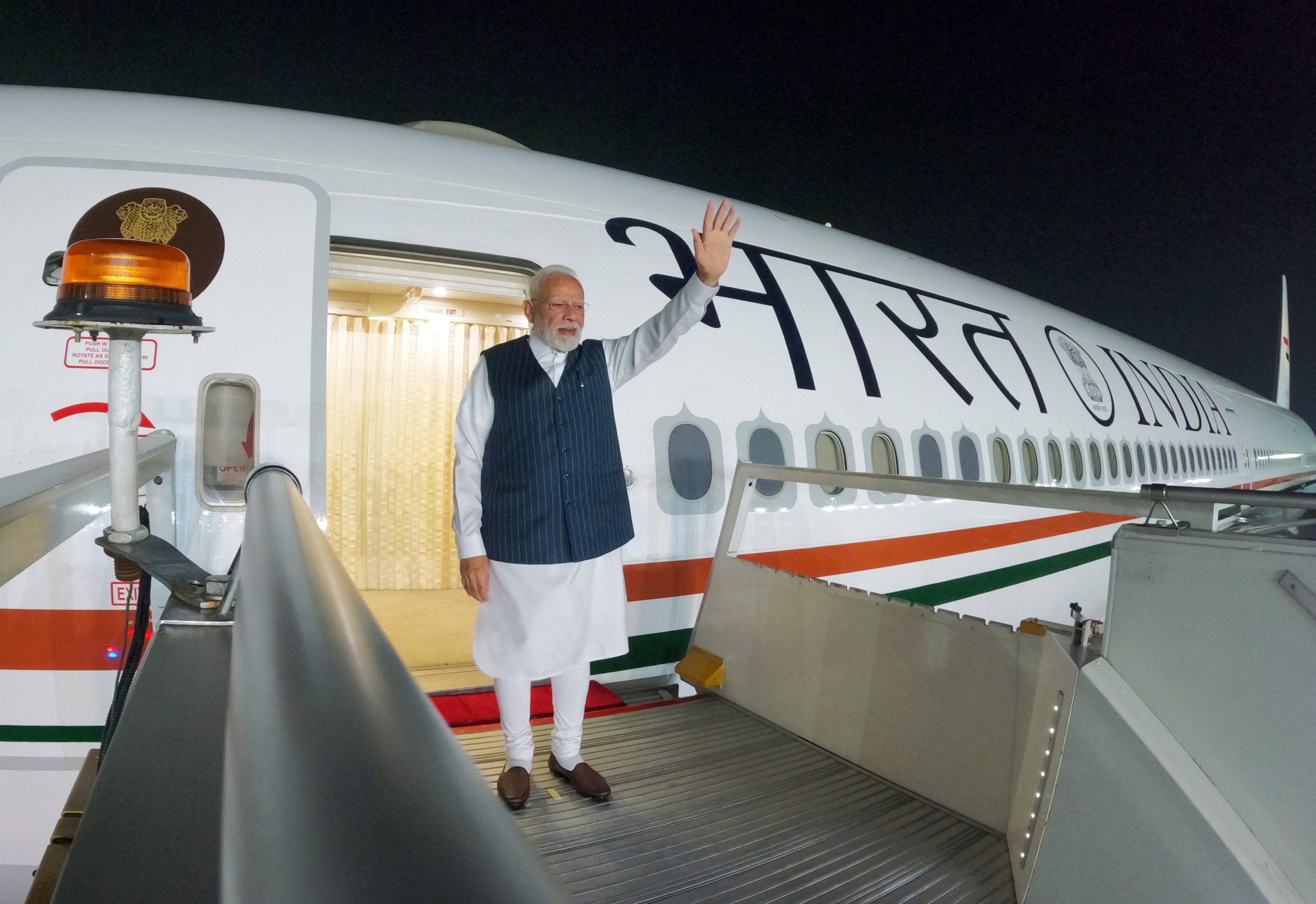Prime Minister Narendra Modi departed from New Delhi on Thursday for a two-day official visit to Japan, from August 29 to 30, to attend the 15th India-Japan Annual Summit. This is his first standalone visit to Japan in nearly seven years.
The visit comes at the invitation of Japanese Prime Minister Shigeru Ishiba. During the summit, the two leaders will review the entire spectrum of bilateral ties and discuss ways to take forward the “next phase” of the Special Strategic and Global Partnership, which has grown steadily over the past 11 years.
Following his Japan visit, Prime Minister Modi will travel to China from August 31 to September 1 to attend the Shanghai Cooperation Organisation (SCO) Summit in Tianjin.
Historical and Cultural Bonds
India and Japan share centuries-old ties rooted in civilizational and cultural exchanges. The consecration of the Great Buddha at Todaiji Temple in Nara by Indian monk Bodhisena in 752 AD is a testament to these early links. Japanese traditions such as Shichifukujin (Seven Lucky Gods) also carry Hindu influences.
In more recent history, figures like Swami Vivekananda, Rabindranath Tagore, Netaji Subhash Chandra Bose, Rash Behari Bose, JRD Tata, and Justice Radha Binod Pal further strengthened ties. Justice Pal’s dissenting judgment at the Tokyo War Crimes Tribunal continues to be held in high regard in Japan. The establishment of the Japan–India Association in 1903 also marked the beginning of formal friendship ties.
Diplomatic Relations and Strategic Convergence
India and Japan signed a separate peace treaty in 1952, laying the foundation of their modern diplomatic engagement. The partnership has since advanced from a “Global Partnership” in 2000, to a “Strategic and Global Partnership” in 2006, and a “Special Strategic and Global Partnership” in 2014.
Both nations share a common vision for a free, open, and rules-based Indo-Pacific. India’s Act East Policy, SAGAR doctrine, and Indo-Pacific Oceans’ Initiative align closely with Japan’s Free and Open Indo-Pacific vision. Cooperation also extends to multilateral frameworks such as the Quad and the India–Japan–Australia Supply Chain Resilience Initiative.
Defence and Security Cooperation
Defence ties between India and Japan have grown steadily, with joint military exercises such as MALABAR, JIMEX, and Dharma Guardian. Agreements on defence technology transfer, logistics, and information sharing have strengthened security cooperation.
Trade, Investment and Infrastructure
Japan is one of India’s key economic partners. Bilateral trade stood at USD 22.85 billion in FY 2023–24. India exports chemicals, vehicles, aluminium, and seafood to Japan, while importing machinery, steel, copper, and electronics.
Japan remains India’s largest bilateral donor and a major investor, with more than 1,400 Japanese companies and 5,000 business establishments present in the country. Projects such as the Mumbai–Ahmedabad High Speed Rail (Bullet Train) showcase Japan’s role in India’s infrastructure development.
Science, Technology and Cultural Exchange
The year 2025–26 has been declared the “India–Japan Year of Science, Technology and Innovation Exchanges,” marking 40 years of cooperation in this field. Collaboration includes space technology (ISRO–JAXA), clean energy, digital technologies, and semiconductors.
On the cultural front, educational partnerships have grown to more than 665 institutional linkages, while the Indian diaspora in Japan has expanded to over 54,000. Events such as the International Day of Yoga celebrations in Japan and the upcoming India Pavilion at Expo 2025 in Osaka further highlight cultural ties.
The Road Ahead
During his discussions with Prime Minister Shigeru Ishiba, Prime Minister Modi is expected to focus on strengthening cooperation in trade, technology, energy, defence, and people-to-people exchanges. Both leaders will reaffirm their commitment to peace, stability, and prosperity in the Indo-Pacific region.














